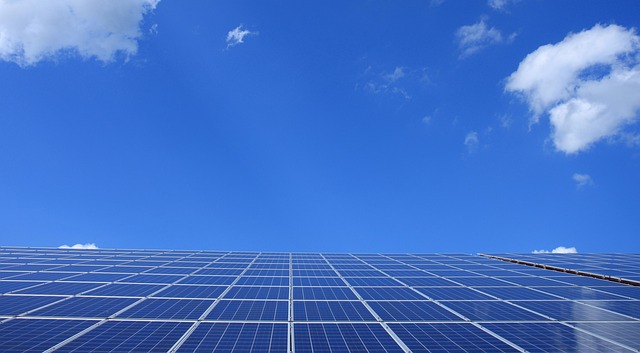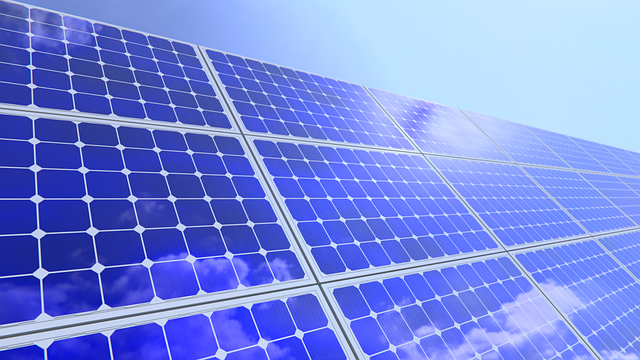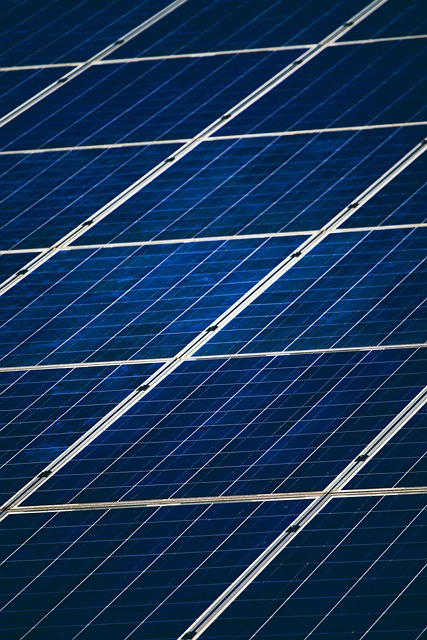Solar Panels for Every Budget: Affordable Options and Incentives
In recent years, the push for renewable energy sources has gained unprecedented momentum, and solar power stands at the forefront of this movement. The idea of harnessing sunlight to generate electricity offers numerous benefits, from reducing monthly energy bills to promoting environmental sustainability. However, many potential solar users often hesitate due to fears that solar panels are only for those with deep pockets. The reality is quite different; in fact, there are numerous solar panel options and financial incentives tailored to fit every budget. This article aims to guide you through affordable options for solar panels and the incentives available to make the switch to renewable energy as cost-effective as possible.
Understanding Solar Panel Basics
Before diving into budget options, it helps to understand what solar panels are and how they work. Solar panels are made up of photovoltaic (PV) cells that convert sunlight directly into electricity. When sunlight hits the cells, it creates an electrical current, which can then be used to power your home or sent back to the grid. While the initial setup can seem pricey, understanding the long-term savings will change your perspective on affordability.
Cost Factors of Solar Panels
The cost of solar panels can vary widely based on several factors, including:
- Type of Solar Panel: There are three main types of solar panels: monocrystalline, polycrystalline, and thin-film. Monocrystalline panels are typically the most efficient and come at a higher price point, while thin-film panels are generally the most affordable but less efficient.
- Installation Costs: The expenses associated with installation can also vary depending on the complexity of the installation, the pitch of your roof, and the local cost of labor.
- Geographic Location: Costs can differ significantly based on where you live. Some areas have higher installation rates due to local demand or regulations.
- Inverter and Battery Costs: If you opt for a solar power system with battery storage or a high-quality inverter, these costs will also impact your overall investment.
Affordable Solar Panel Options
Understanding the different types of solar panels can help you make a more informed decision regarding which is best for your budget. Here, we explore the three main types of solar panels, along with their pros and cons:
Monocrystalline Solar Panels
Monocrystalline solar panels are recognized for their high efficiency and space-saving design. Made from a single crystal structure, they convert more sunlight into electricity compared to other types. Though they carry a higher upfront cost, their longevity and efficiency can produce longer-term savings.
Polycrystalline Solar Panels
Polycrystalline panels are constructed from multiple crystal structures, which generally makes them less efficient than monocrystalline panels. However, they often come at a lower price. This affordability makes them an attractive option for those on a tighter budget but still looking to delve into solar energy.
Thin-Film Solar Panels
Thin-film solar panels represent one of the most budget-friendly options. They are lightweight and flexible, making them easier to install in various settings. However, they are less efficient than crystalline panels and therefore require more space. Still, they are a viable alternative for those looking to save money upfront.
Financing Options for Solar Panels
If purchasing solar panels outright is outside your budget, don’t be disheartened. There are several financing options that can make solar more affordable:
Solar Loans
Solar loans allow homeowners to borrow money to cover the cost of solar installation. These loans can be secured or unsecured, with terms ranging from a few years to several decades. The goal is to provide immediate access to solar energy, while loan payments could be lower than previous electric bills.
Leasing Solar Panels
Leasing allows homeowners to install solar panels without the hefty upfront costs. Under this arrangement, you pay a monthly fee to the solar company for using the system installed on your roof. While you don’t own the panels, you still benefit from lower energy costs.
Power Purchase Agreements (PPAs)
A PPA is another financing model where a third-party vendor installs panels on your home. Instead of leasing, you agree to purchase the power generated by the solar panels at a predetermined rate for a specified period, often lower than your utility company’s rates.
Incentives and Tax Credits
Beyond financing, numerous incentives can significantly reduce the cost of solar panels:
Federal Investment Tax Credit (ITC)
The Federal Investment Tax Credit allows you to deduct a percentage of the cost of your solar energy system from your federal taxes. As of 2023, the ITC covers 30% of the installation cost, which can represent substantial savings for homeowners.
State-Level Incentives
Many states also offer additional incentives to encourage solar adoption. These can include rebates, tax credits, and even performance-based incentives that pay you for the electricity produced by your solar panels. It’s essential to research what is available in your state since these incentives can vary widely.
Local Utility Programs
Some local utilities also have programs designed to support solar energy usage. These can include rebates for solar system installation, net metering (allowing you to sell excess electricity back to the grid), and performance incentives.
Community Solar Projects
If installing solar panels on your home isn’t feasible for financial or logistical reasons, don’t worry. Community solar projects offer an alternative. These initiatives allow multiple homeowners to invest in a shared solar array located in their community. Participants receive credits on their utility bills for the electricity produced by the shared system, providing a cost-effective way to support solar energy.
Making the Decision
As you weigh your options, consider your energy needs, budget, and long-term goals:
Evaluate how much you currently spend on electricity, the savings potential, and the environmental impact you wish to make. Long-term ownership merits serious consideration, particularly when factoring in incentives that can ease the upfront financial burden.
Conclusion
Investing in solar panels doesn’t have to be out of reach financially. With a variety of panel types, financing options, and incentives, there’s a viable solution for nearly every budget. Switching to solar can lead not only to reduced energy costs but also a meaningful contribution to a sustainable future. The transition to solar energy is an individual journey, yet it can collectively pave the way for a greener planet. Do your research, compare your options, and take the first step toward energy independence today.



